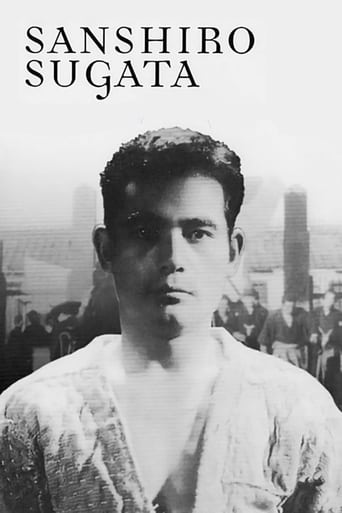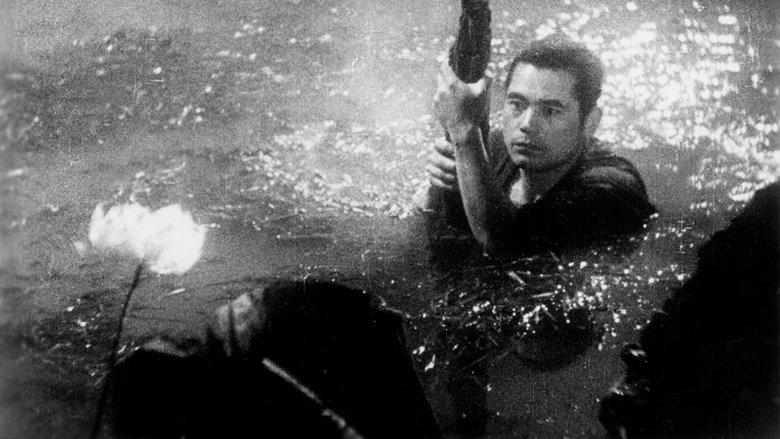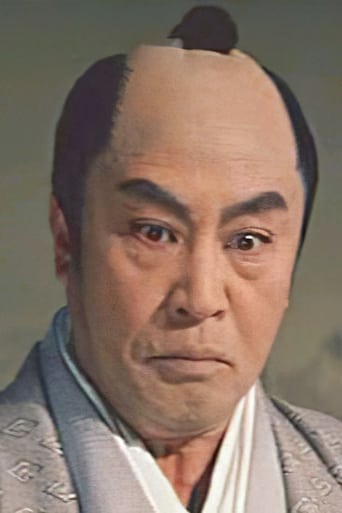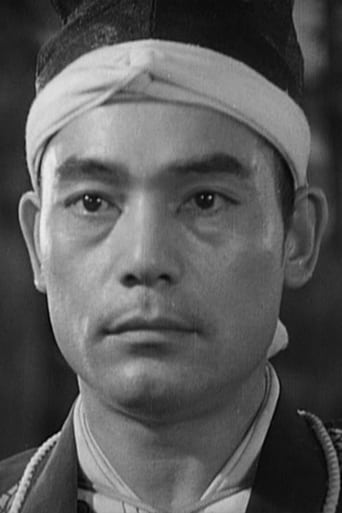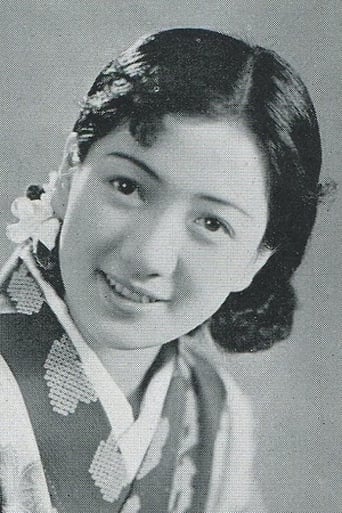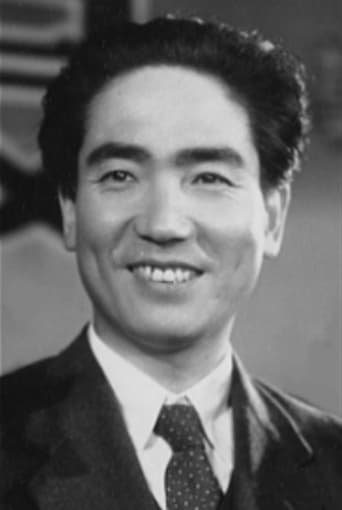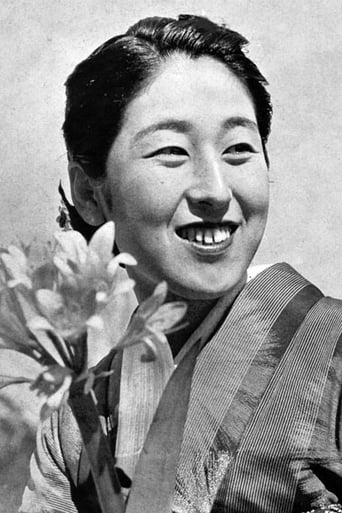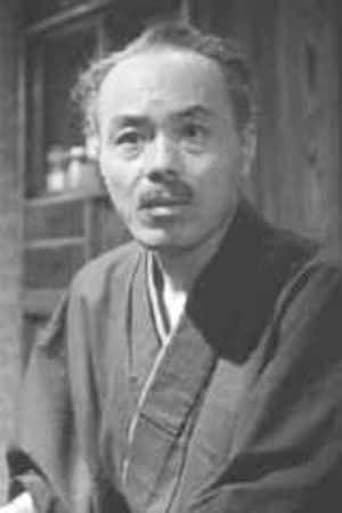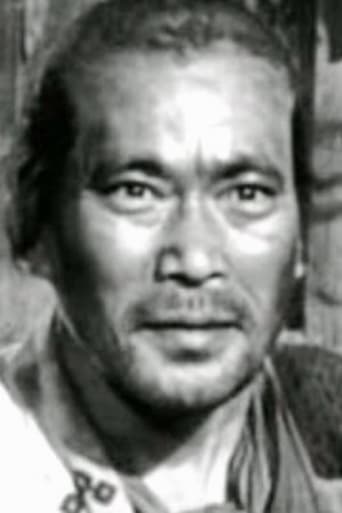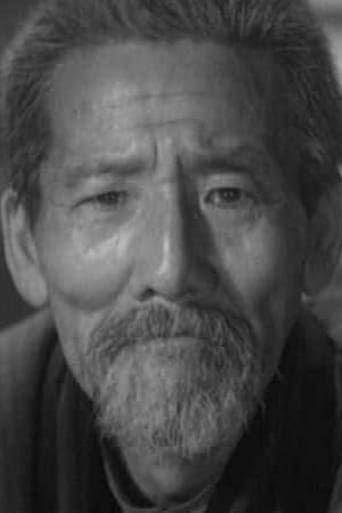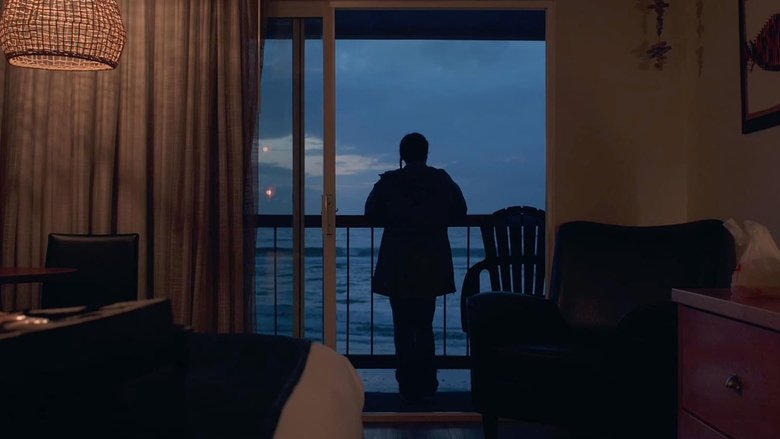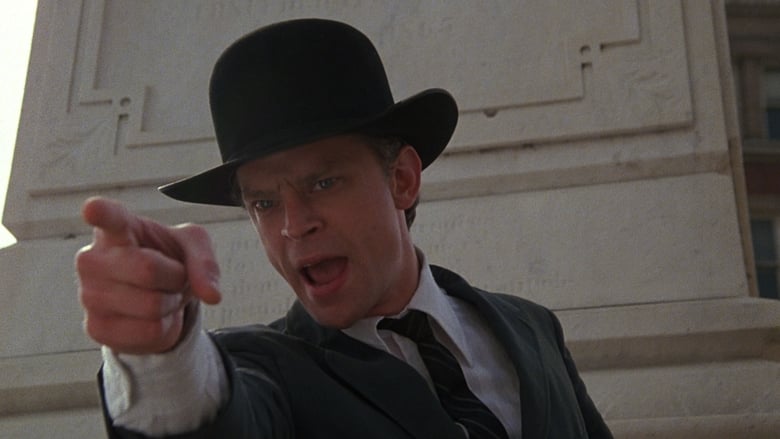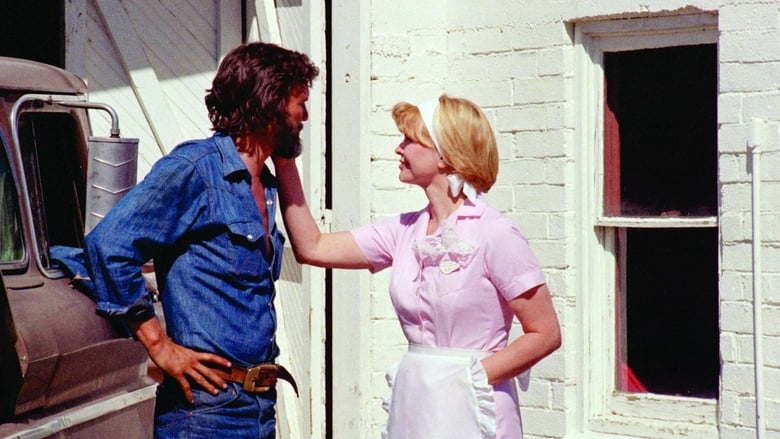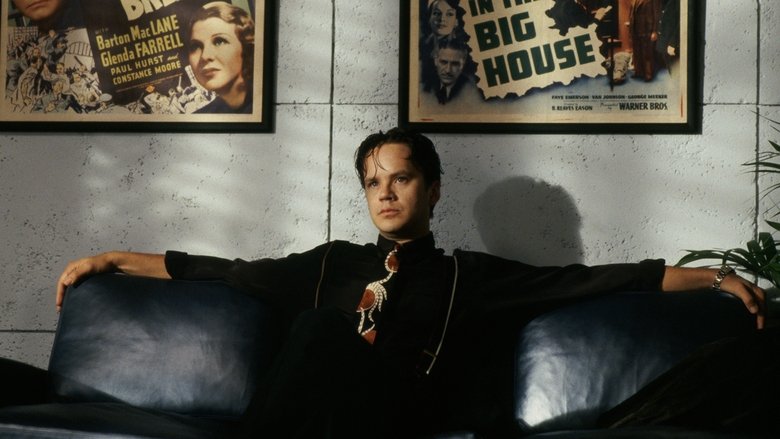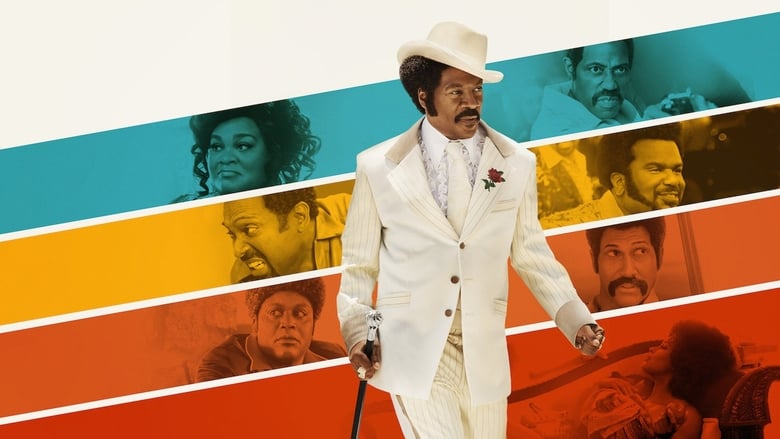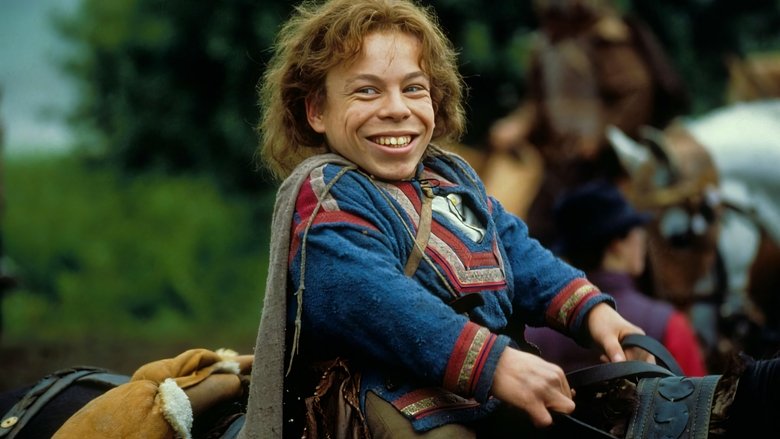The story of Sanshiro, a strong stubborn youth, who travels into the city in order to learn Jujutsu. However, upon his arrival he discovers a new form of self-defence: Judo. The main character is based on Shiro Saigo, a legendary judoka.


Similar titles
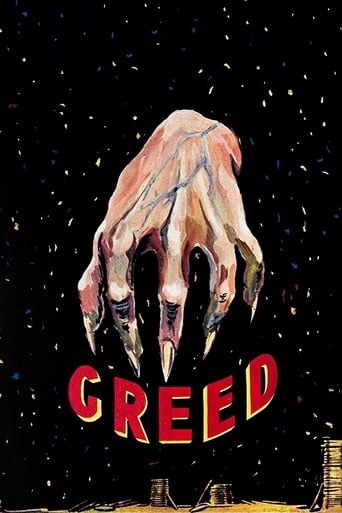

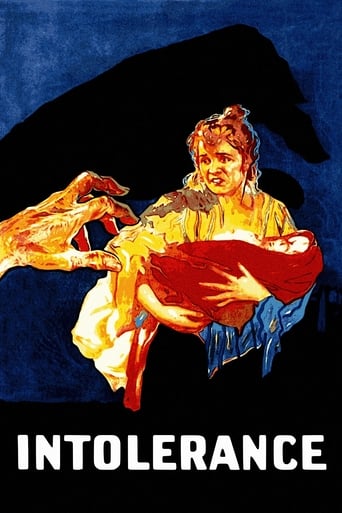

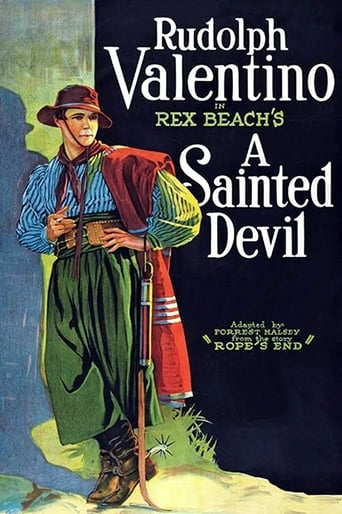
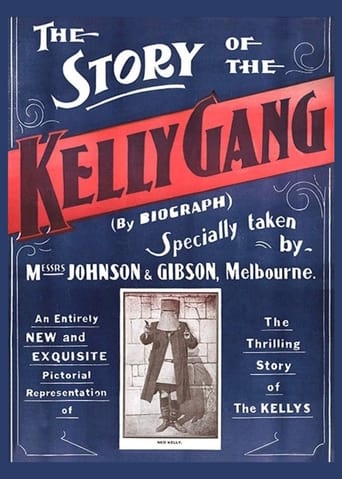
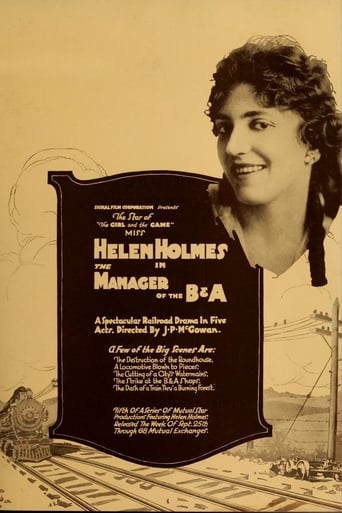

Reviews
"Sanshiro Sugata" is a martial arts film with a conscience. It falls a little flat in places, but is for the most part a solid debut from legendary Japanese director Akira Kurosawa. Kurosawa's approach to his craft, which later won him global renown with masterpieces like "Rashomon" and "The Seven Samurai", is already evident in this story of a young man who begins his journey as an awkward, uncertain student, becomes a bullying hellion, and finally assumes the status of a champion judoka who has learned to fight honorably. Susumu Fujita is convincingly green and inexperienced as Sugata, and Ryunosuke Tsukigata cuts an imposing figure as his arch-opponent, Higaki; their climactic confrontation on a windswept mountainside is one of the truly great moments in martial arts cinema. If you've watched and enjoyed Kurosawa's more famous films, check out "Sanshiro Sugata" to see where it all began. Seven and a half stars.
Kurosawa's debut features a few cinematic flourishes which hint at things to come in his later works, including the confident use of symbolism and of the forces of nature (particularly wind and rain). For a first-time director, it's clear there is an artistic vision and creative talent at work here.Despite this, the plot does feel rather slight and even conventional, probably due to the influence Western cinema had on Kurosawa at the time. Wartime budget constraints and heavy governmental censoring didn't help this film, and as such, it doesn't feel completely satisfying, particularly when seen next to the works of fellow Japanese contemporary Ozu Yasujiro, or indeed Kurosawa's later career.
Viewed on DVD. Restoration = eight (8) stars; score =eight (8) stars; subtitles = eight (8) stars; lighting = four (4) stars. Director Akira Kurosawa's first released film exhibits uneven inter-scene direction and an overall lack of energy and excitement. The directorial reins are often not held with a firm hand and occasionally seem to be dropped completely. The plot revolves around the fierce competition between two schools of hand-to-hand combat during the late 1800's, and, accordingly, contains the ingredients for a heavy-duty action movie. But Kurosawa's execution is generally limp (with the exception of the first street fight that kicks off the film). Interior arena (i.e., tournament) shots fail to capture much of the excitement and action the viewer might be expecting to see; the actors seem to be performing many of their own stunts; and professional stunt men seem be in very short supply. It gets worse. The climatic, grudge fight (which the film has been building up to) is all but hidden from the viewer: it takes place in a field of tall grass which pretty much obscures what is happening! The opening credits indicate that a portion of the film was removed by Japanese military authorities, and it's interesting to speculate on what may have been censored and where censorship may have occurred. But judging from the extant print (the one allowed to be exhibited circa 1943), the film could have benefited from the removal of even more footage on artistic rather than political grounds! Cinematography (narrow- screen, black and white) is fine although inter-scene lighting is startlingly uneven. The latter adds to the bumpy road encountered by the viewer: film fluidity is poor and the nuts-and-bolts of the editing process are on full, distracting display. Film score is excellent, but totally Western. Subtitles are just right and show that the writer knows her/his grammar. Restoration is quite good except it missed vertical wear lines and dirt toward the end of the movie. WILLIAM FLANIGAN, PhD
Though the story presented in Sugata Sanshiro might not be the most appealing one, it's still a considerably enjoyable tale about the beginnings of Judo and its most prominent representative, the titular Sugata (played by Susumu Fujita, in a role that earned him a notable spot in the Japanese cinematic history). It's a simple and modest, but a truly elaborate and serious tale of one man's difficult journey to martial arts stardom. In order to find peace in life and achieve perfection in the craft that he's been practicing for some time, Sanshiro needs to come to terms with his own emotions and find a right path, which might eventually lead him to the desired golden mean. Based on a best-selling novel, Sugata Sanshiro established the reputation of Kurosawa, and made him a prominent figure in the filmmaking business. Though it's far from being a genuine masterpiece, the film still shows the director's steady hand and is the admirable proof of his awe-inspiring versatility.To become the master of martial arts is an uneasy task, and Sanshiro learns the lesson in the first minutes of the picture. Trying to join a clan of Jujitsu fanatics, he quickly realizes that they're just a bunch of up to no good coxcombs. Seeing how easily Yano (Denjirô Ôkôchi), the originator and master of Judo, defeated the group, Sanshiro decides to become his student. To become a proficient Judo technician the young, strong-willed, yet somehow reckless Sugata must overcome many of his weaknesses and find out the meaning of a warrior's way, thus learning the true meaning of life. The student, struggling to accustom himself to the situation, is constantly tested by his master, in many more or less laborious ways. And when the time comes, Sanshiro is finally able to take part in tournaments, in order to prove his indisputable technique and unrestrained power. On his way Sanshiro meets a mysterious, elegant, devilish man by the name of Hagaki (Ryûnosuke Tsukigata), who's like a shadow that's been following Sugata everywhere that he goes. Ironically so, the man - with his familiar look and specifically evil attitude - comes as a typical dark character, taken straight out of a superhero movie. In the film's most climatic and disquieting sequence, the two rivals participate in a duel that will determine who's the strongest living martial artist.For all the lovers of Japanese culture, and for all the adepts of Asian martial arts, Sugata Sanshiro will definitely be a worthy film experience. For the rest it might be an insightful, valuable, and well-crafted period drama that's not only full of perfectly choreographed action scenes, but also full of humane qualities that prove to have an authentic meaning even in the modern times.
